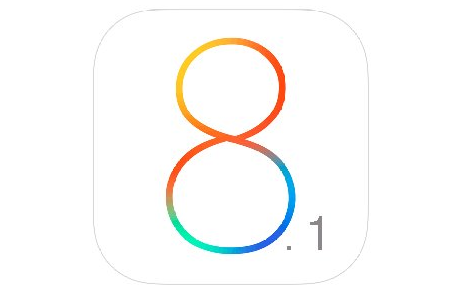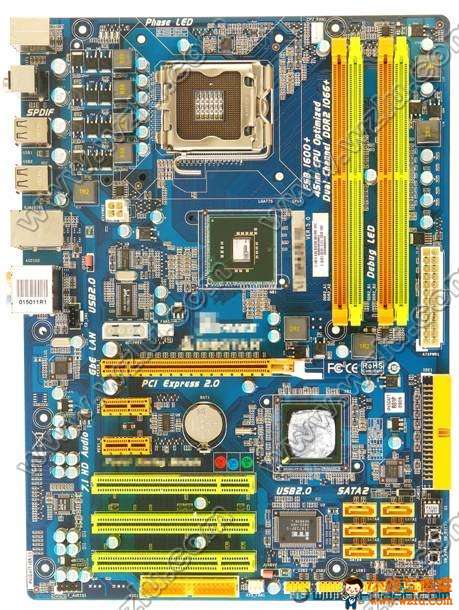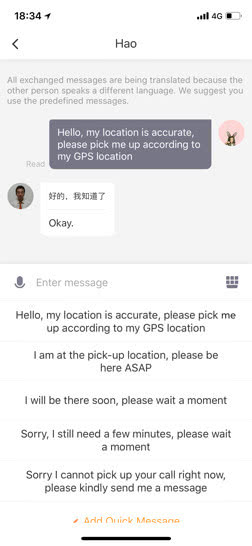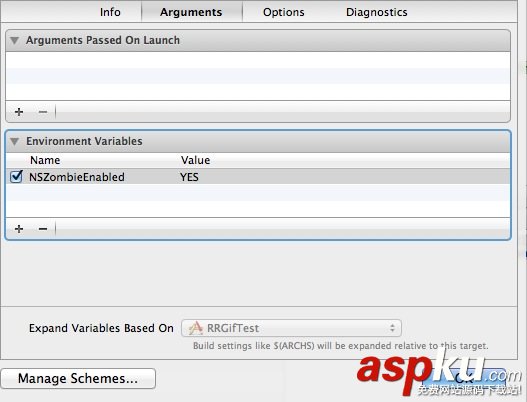在iOS中,需要调起一个app可以使用schema协议,这是iOS原生支持的,并且因为iOS系统中都不能使用自己的浏览器内核,所以所有的浏览器都支持,这跟android生态不一样,android是可以自己搞内核的,但是iOS不行。
在iOS中提供了两种在浏览器中打开APP的方法:Smart App Banner和schema协议。
Smart App Banner
即通过一个meta 标签,在标签上带上app的信息,和打开后的行为,例如:app-id之类的,代码形如:
具体可以看下开发文档:https://developer.apple.com/library/ios/documentation/AppleApplications/Reference/SafariWebContent/PromotingAppswithAppBanners/PromotingAppswithAppBanners.html
今天Smart APP Banner不是我们的主角,我们说的是schema
使用schema URL来打开iOS APP
schema类似自定义url协议,我们可以通过自定义的协议来打开自己的应用,形如:
myapplink://
# 例如 facebook的
fb://
# itunes的
itms-apps://
# 还有短信也是类似的
sms://
如果要打开一个app,最简单的方式是通过一个链接,如我们在html中这样写:
<a href="myapplink://">打开我的app</a>
当用户点击链接的时候就可以打开对应的app。
绑定click事件
但是实际中我们更多的情况是绑定事件,比如做个弹层啥的,不能一味的用a标签啊,所以可以通过两种方式来解决:location.href和iframe。
iframe的方式是开发中常用的,但是他也有一些问题:
1.我们没很好的方式来判断是否打开了app
2.会引起history变化
3.因为引起history变化,所以一些webview会有问题,比如:我查查,打开一个页面,如果有iframe,选择在safari中打开,实际打开的是iframe的页面
4.如果页面暴漏给了android系统,那么也会出现页面打不开,之类的问题
5.如果没有app,调起不成功,ios的safari会自己弹出一个对话框:打不开网址之类的提示
所以现在的问题是:如何知道iframe已经打开了某个app,即解决iframe打开app回调。
使用iframe在iOS系统中打开app
聪明的你可能想到了,iframe的onload事件啊,可是遗憾的说,无效!所以我们找到了定时器(setTimeout),通过一个定时器,如果在一段时间内(比如500ms),当点击了按钮(记录time1),页面没有切走(调起app之后,页面进程会被中断),进程中断,那么计时器也会中断,这时候应该不会触发timer,如果调起失败,那么timer会就触发,我们判断下在一定时间内如果页面没有被切走,就认为调起失败。
另外通过timer触发时候的timer2,做差,判断是否太离谱了(切走了之后的时间应该比timer实际定时的500ms要长):
function openIos(url, callback) {
if (!url) {
return;
}
var node = document.createElement('iframe');
node.style.display = 'none';
var body = document.body;
var timer;
var clear = function(evt, isTimeout) {
(typeof callback==='function') && callback(isTimeout);
if (!node) {
return;
}
node.onload = null;
body.removeChild(node);
node = null;
};
var hide = function(e){
clearTimeout(timer);
clear(e, false);
};
node.onload = clear;
node.src = url;
body.appendChild(node);
var now = +new Date();
//如果事件失败,则1秒设置为空
timer = setTimeout(function(){
var newTime = +new Date();
if(now-newTime>600){
//因为切走了,在切回来需要消耗时间
//所以timer即使执行了,但是两者的时间差应该跟500ms有较大的出入
//但是实际并不是这样的!
clear(null, false);
}else{
clear(null, true);
}
}, 500);
}
看上去方法很靠谱,但是现实总是那么的残酷!
不同的浏览器app(包括webview),都有自己在后台的常驻时间,即:假如一个浏览器他在被切走之后,后台常驻10s,那么我们设置定时器5s过期就是徒劳的,而且5s的定时器,用户要空等5s!交互也不让你这样干啊!
最后我们想到了pageshow和pagehide事件,即如果浏览器被切走到了要打开的app,应该会触发浏览器的pagehide事件,而从app重新返回到浏览器,就会触发pageshow方法。
但是经过代码测试发现,在uc、chrome中,不会触发pagehide和pageshow的方法,而在safari中可以的。
结论:
1.使用iframe调用schema URL
2.使用定时器判断在一段时间内是否调起成功
3.使用pageshow和pagehide来辅助定时器做更详细的判断
4.定时器中如果有alert可能不会被弹出,这一点很吃惊!后面的dom竟然5.执行了,但是alert没弹出,可能跟alert的实现有关系吧
6.在实验中我使用了两个定时器,是因为切回浏览器之后,有时候timeout触发要在pagehide和pageshow之前
7.计算timer实际执行时间差,也是不靠谱的
最后附上研究的代码,算是比较靠谱的方法了,虽然还是有一定的失败(第三方浏览器pagehide和pageshow不触发):
<p><button id="btn">点我点我啊!alert,不会弹出</button></p>
<p><button id="btn2">点我点我啊!alert2,虽然有alert和info,info执行,但是alert不弹出</button></p>
<p><button id="btninfo">点我点我啊!info可以</button></p>
$(function(){
var $info = $('#info');
function info(msg){
var p = $('<p>'+msg+'</p>');
$info.append(p);
}
$('#btn').on('click', function(){
openIos('baiduboxapp://', function(t){
if(t){
alert('timeout or no baidu APP');
}else{
alert('invoke success');
}
});
});
$('#btn2').on('click', function(){
openIos('baiduboxapp://', function(t){
if(t){
info('timeout or no baidu APP2');
alert('timeout or no baidu APP2');
}else{
info('invoke success2');
alert('invoke success2');
}
});
});
$('#btninfo').on('click', function(){
openIos('baiduboxapp://', function(t){
if(t){
info('timeout or no baidu APP');
}else{
info('invoke success');
}
});
});
});
function openIos(url, callback) {
if (!url) {
return;
}
var node = document.createElement('iframe');
node.style.display = 'none';
var body = document.body;
var timer;
var clear = function(evt, isTimeout) {
(typeof callback==='function') && callback(isTimeout);
window.removeEventListener('pagehide', hide, true);
window.removeEventListener('pageshow', hide, true);
if (!node) {
return;
}
node.onload = null;
body.removeChild(node);
node = null;
};
var hide = function(e){
clearTimeout(timer);
clear(e, false);
};
window.addEventListener('pagehide', hide, true);
window.addEventListener('pageshow', hide, true);
node.onload = clear;
node.src = url;
body.appendChild(node);
var now = +new Date();
//如果事件失败,则1秒设置为空
timer = setTimeout(function(){
timer = setTimeout(function(){
var newTime = +new Date();
if(now-newTime>1300){
clear(null, false);
}else{
clear(null, true);
}
}, 1200);
}, 60);
}



















